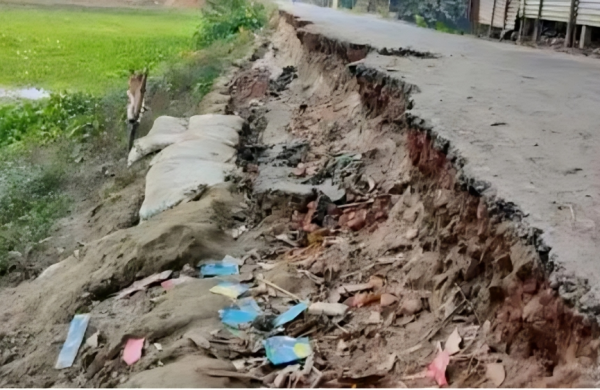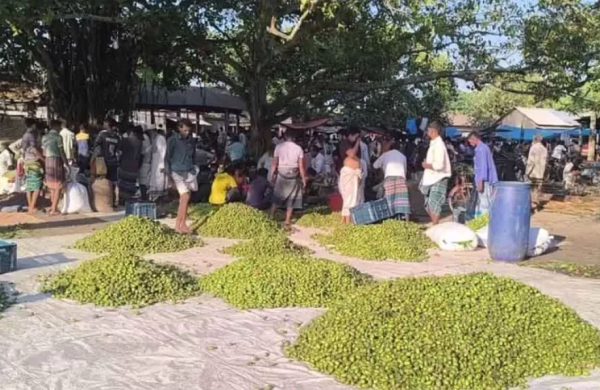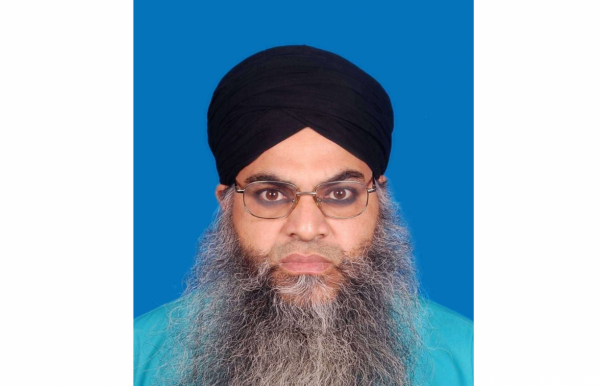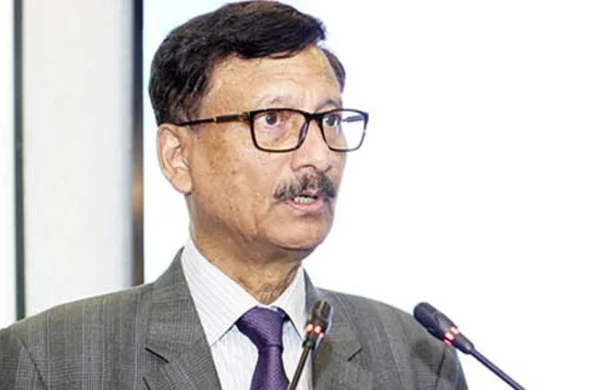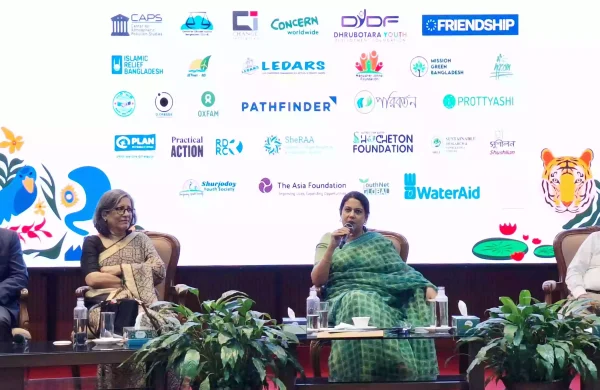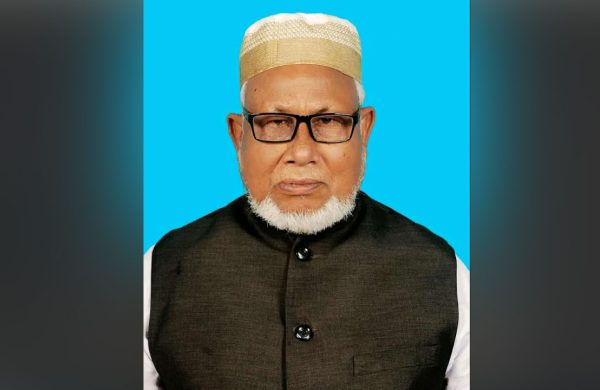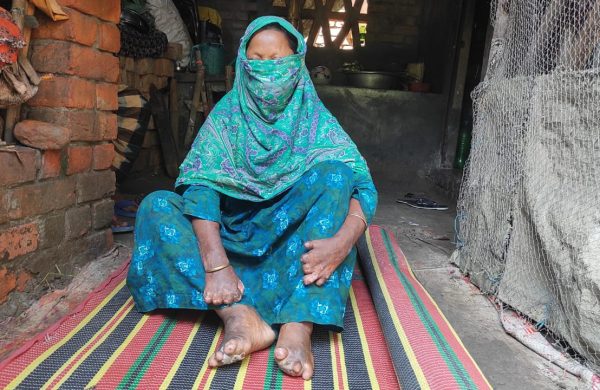Sea will be our ‘highway’ to world: Prof Yunus
- Update Time : Wednesday, September 3, 2025
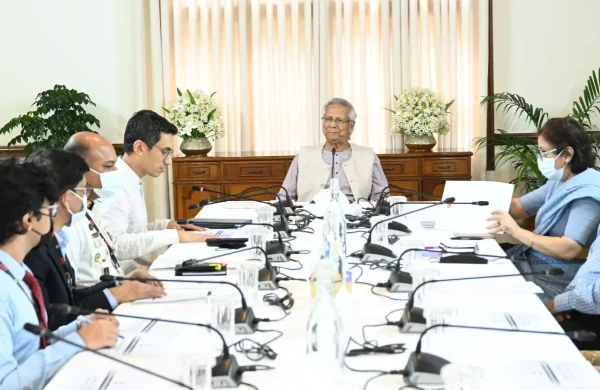
TDS Desk:
Highlighting the importance of greater connectivity, Chief Adviser Prof Muhammad Yunus on Wednesday laid emphasis on working with the vision of building a blue economy, not just a deep sea port.
“The area will not only be a facilitating zone, but a new city will be born there. From there, we will have international connectivity. The sea will be our ‘highway’ to the world,” he said.
Prof Yunus made the remarks when the members of Moheshkhali–Matarbari Integrated Development Authority (MIDA) met him at the state guesthouse Jamuna.
MIDA Chairman Chowdhury Ashik Mahmud Bin Harun, its members and SDGs Affairs Principal Coordinator Lamiya Morshed were also present.
The Chief Adviser put special emphasis on research on the deep sea, building an international standard training facility in the Moheshkhali region.
He also suggested taking advice and cooperation from the global experts, if necessary, according to the Chief Adviser’s press wing.
“We have never entered the world of sea, didn’t even think about that. There is no research or findings on this. We need to find out what research is available on this, research papers from other countries that match with ours, and do our own research. For this, we need institutions. We need to build academia and organise an international conference on ocean economy,” Prof Yunus said.
The Chief Adviser also emphasised environmental conservation and discussed setting up an eco-tourism park.
“We need to plan and see the current state of the forest and in which state we want the forest to be in in the future,” he said.
The MIDA chairman made a presentation on the Moheshkhali-Matarbari project at the meeting where Ashik presented MIDA’s work plan for the next four months.
Ashik said the project will be completed in three phases – the first phase from 2025 to 2030, the second phase from 2030 to 2045, and the third phase from 2045 to 2055.
“If the project is implemented, it will provide direct and indirect employment to about 2.5 million people and add US$ 150 billion US dollars to the GDP,” he said.



